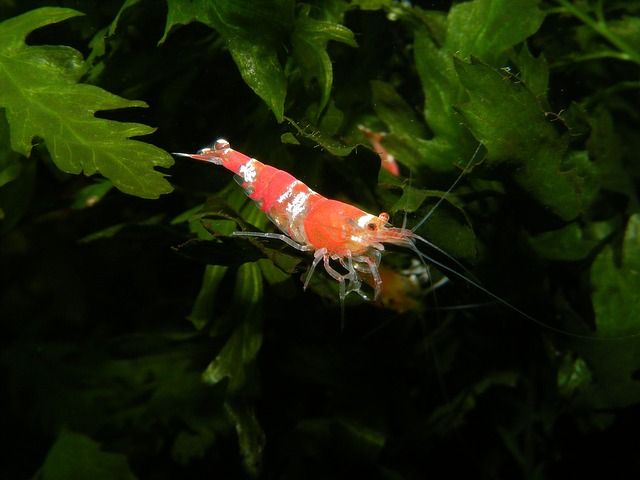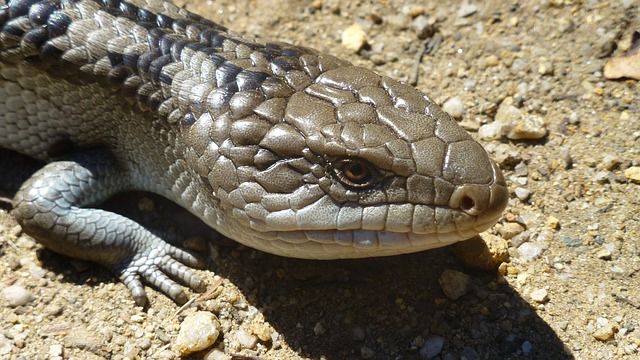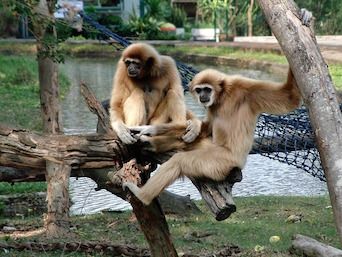True Love, Animal Style
Many humans spend their lives with a single, monogamous partner, but this is not the norm for most animals. There are a few exceptions, though. Here are a few of the animals that form strong bonds with only one partner and mate for life.

Common loon: These lovebirds do not roam farther than 65 feet from each other after they mate—a way to make sure their partner doesn’t stray before the eggs are laid. After the few eggs are laid, the clingy couple spends its time dutifully doting on the babies.
Macaw: These birds don’t just breed with lifelong mates; they also share food with one another and perform mutual grooming. The male is responsible for hunting and bringing food to the nest while the female incubates the eggs.
Albatross: These birds always return to the same place to find the same partner when it’s time to breed. Every 18 months or so, the couple will produce an egg and watch over it together until it hatches.
Barn owl: After finding a mate, these birds stick together for life. Besides breeding, these owls enjoy cuddling and public displays of affection. They become so emotionally attached to one another that if one dies, the other often becomes very depressed.

Invertebrates
Shrimp: These crustaceans make their home inside a sea sponge known as the Venus’ flower basket. Young shrimp pairs enter the glass-like sponge when they are young, but as they grow into adults they become too large to leave. For this reason, the shrimp mate for life and spend their entire lives inside these sponges. Their babies are small enough to leave and find sponges of their own.
Termite: For many termite species, the queen and king of a colony form lifelong bonds. The couple literally creates its entire kingdom together over the course of their lives.
Mosquito: The male mosquito lives only about 3 to 5 days after mating with a partner. The female partner lives far longer but never mates again.

Reptiles
Skink: Many species of Australian lizard live alone for most of the year until they come across their specific partner during each mating season. After courting each other for 2 months, they mate for the rest of their lives.

Mammals
Prairie vole: These rodents are programmed to be aggressive and act aggressively toward any non-mate. Prairie voles find a partner, build a nest, and raise a family over the course of their short life—just 1 or 2 years.
Gray wolf: Breeding season for wolves occurs from late January through March (it’s earlier for wolves living farther south). After mating, the pairs create long-lasting, affectionate attachments to each other.
Gibbon: These animals are monogamous, which is a very rare trait among primates. The gibbon forms a very strong bond with its mate, and the pair spend most of their time grooming one another and frolicking together in the trees.

Fish
Largemouth bass: It’s normally unusual for fish that fertilize their eggs externally to be loyal to a partner, but this is not the case for largemouth bass. The mates build a nest together and care for their young for up to a month after they hatch—also an unusual occurrence for these types of fish.
Seahorse: It’s the males that bear the children in these relationships—an extremely rare occurrence in the animal kingdom—with the female’s eggs deposited and fertilized in the male’s brood pouch. These unique creatures are monogamous and mate for life.
French angelfish: These fish are found in pairs most of the time because they work together to hunt and defend their territory against intruders. They spend most of their time swimming the ocean depths side by side.